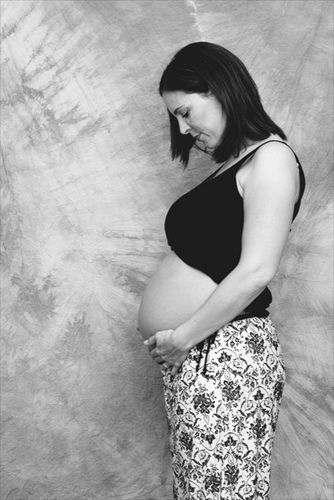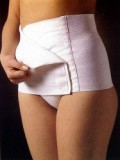Tips to Help You Choose the Best Abdominal Binder

Which type of abdominal binder you need, will be determined by what you’re going to use it for. The thing you should always keep in mind, regardless of the intended use, is that you choose the correct size. Even the best abdominal binder will be useless if it’s too large or too small. It should compress the abdomen enough, be lightweight and comfortable, and should be manufactured from a durable fabric. It’s also best to look for an abdominal binder that will be easy to put on and take off.
Finding the Right Size
This is the very first thing you should do before you purchase an abdominal binder. Luckily it’s fairly easy to measure yourself to find out what size abdominal binder you’ll need. Most manufacturers will give you some indication of the measurements of each size. You should measure the fullest part of your abdomen, hips or waist. If the binder you’ve purchased is too tight, you’ll need a larger size.
Types of Abdominal Binders
These devices can be used for a number of reasons, and you should always choose a binder that will do exactly what you need it to. Binders can be used after surgery or even to provide abdominal support after or even during pregnancy. Back pain can also be treated through the use of an abdominal binder, because it helps provide extra support for the spine and surrounding muscles. Hernias can also be treated through the use of an abdominal binder, because it helps to keep the abdominal contents and intestines in place.
An abdominal binder for use after surgery usually works by pressing down on the incision and may also help to reduce swelling while increasing blood flow to the affected area. Increased blood flow may speed up healing. This type of binder is also available in two different types. There are stage one binders and stage two binders. The stage one binder is worn for two weeks after surgery, and the stage two binders are worn from week two to week eight. Stage two binders are usually smaller and more lightweight than the stage one binders because less compression is needed at that stage of the healing process.
Binders for use after childbirth are very flexible and are manufactured in a way that helps them increase in size during pregnancy and decrease in size afterward. These binders usually range in size from around 28 inches or so to approximately 60 inches. You should measure your belly at its fullest part, and this is usually at bellybutton level. Many mothers continue to use these binders even after they’ve given birth, and may wear them for up to eight weeks after the delivery to help their bodies regain its original shape.
If you’re looking for a hernia truss, you should always see whether the belt has one or two compression pads. The location of the compression pad should correspond to the location of your hernia. If the pads are in the wrong positions, the belt may not be as effective. There may be the option of belts with detachable compression pads, and these are generally more versatile than fixed models. Always check with your Doctor first to see if a hernia belt is a recommended treatment, because some hernias cannot be treated with one. Non-reducible hernias should never be treated with a belt, and if you ever experience severe or sudden pain, you should take the belt off immediately and seek medical attention.
If you’re sure which size and type of abdominal binder you need, check to see how it fastens. Binders with Velcro fasteners are often easier to put on or take off. There’s nothing more cumbersome than an abdominal binder with multiple fasteners or straps, so take that into account before you commit to purchasing a specific type.








